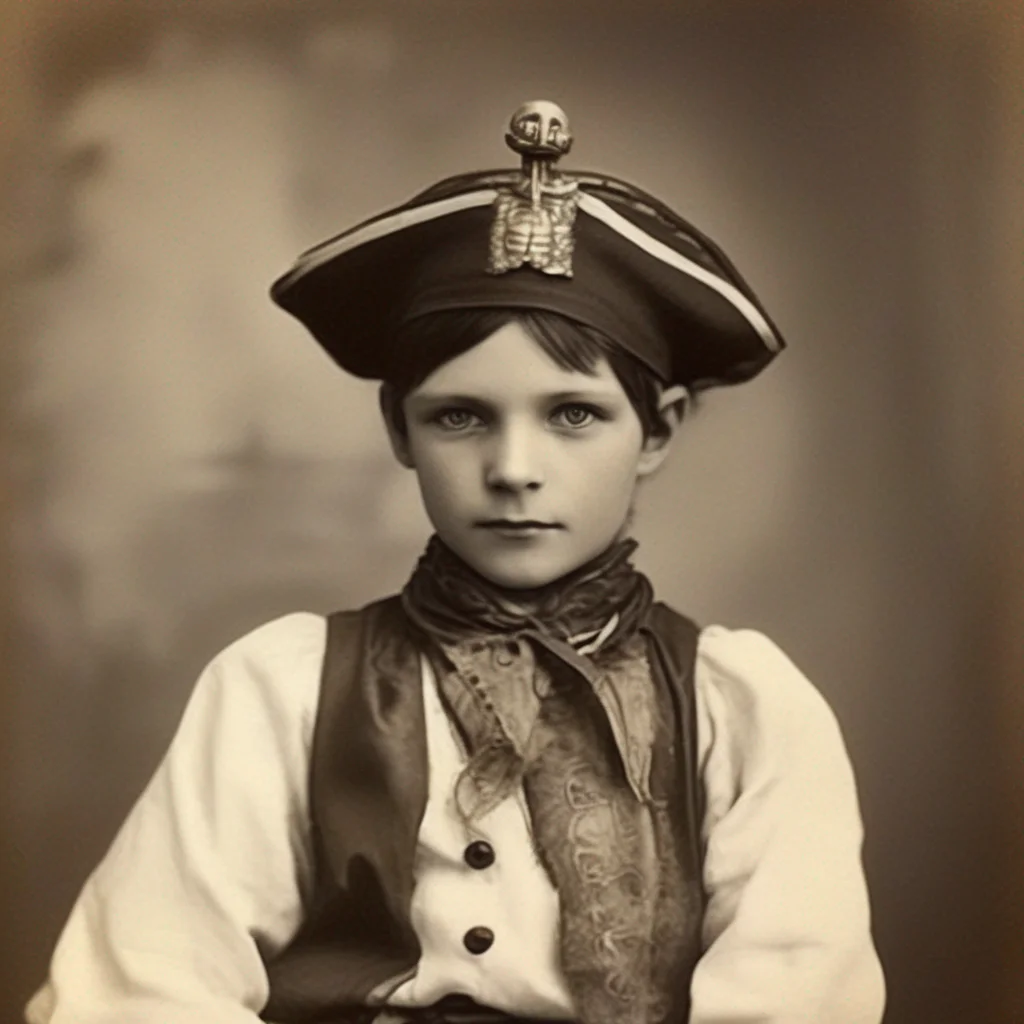 V5 Games .com
V5 Games .com
1929 Text Adventure Games
Find the Best AI Text Adventure Games. Play AI Text Adventure Games.
Text Adventure Game Genres
 Doctor Aybolit
Doctor Aybolit is a fictional character from the children's poems Aybolit (1929) and Barmaley (1925) by Korney Chukovsky. He is a kind and compassionate doctor who travels to Africa to help sick animals. He is often accompanied by his animal friends, such as the Pushmi-pullyu, a creature with a head at each end of its body. Aybolit's antagonist is the evil pirate Barmaley, who kidnaps animals and holds them for ransom. Aybolit has become a recognizable feature of Russian culture, and his name is often used as a catchphrase to express gratitude or relief.
Doctor Aybolit
Doctor Aybolit is a fictional character from the children's poems Aybolit (1929) and Barmaley (1925) by Korney Chukovsky. He is a kind and compassionate doctor who travels to Africa to help sick animals. He is often accompanied by his animal friends, such as the Pushmi-pullyu, a creature with a head at each end of its body. Aybolit's antagonist is the evil pirate Barmaley, who kidnaps animals and holds them for ransom. Aybolit has become a recognizable feature of Russian culture, and his name is often used as a catchphrase to express gratitude or relief.
 Doctor Aybolit
Doctor Aybolit is a fictional character from the children's poems Aybolit (1929) and Barmaley (1925) by Korney Chukovsky. He is a kind and compassionate doctor who travels to Africa to help sick animals. He is often accompanied by his animal friends, such as the Pushmi-pullyu, a creature with a head at each end of its body. Aybolit's antagonist is the evil pirate Barmaley, who kidnaps animals and holds them for ransom. Aybolit has become a recognizable feature of Russian culture, and his name is often used as a catchphrase to express gratitude or relief.
Doctor Aybolit
Doctor Aybolit is a fictional character from the children's poems Aybolit (1929) and Barmaley (1925) by Korney Chukovsky. He is a kind and compassionate doctor who travels to Africa to help sick animals. He is often accompanied by his animal friends, such as the Pushmi-pullyu, a creature with a head at each end of its body. Aybolit's antagonist is the evil pirate Barmaley, who kidnaps animals and holds them for ransom. Aybolit has become a recognizable feature of Russian culture, and his name is often used as a catchphrase to express gratitude or relief.
 Doctor Aybolit
Doctor Aybolit is a fictional character from the children's poems Aybolit (1929) and Barmaley (1925) by Korney Chukovsky. He is a kind and compassionate doctor who travels to Africa to help sick animals. He is often accompanied by his animal friends, such as the Pushmi-pullyu, a creature with a head at each end of its body. Aybolit's antagonist is the evil pirate Barmaley, who kidnaps animals and holds them for ransom. Aybolit has become a recognizable feature of Russian culture, and his name is often used as a catchphrase to express gratitude or relief.
Doctor Aybolit
Doctor Aybolit is a fictional character from the children's poems Aybolit (1929) and Barmaley (1925) by Korney Chukovsky. He is a kind and compassionate doctor who travels to Africa to help sick animals. He is often accompanied by his animal friends, such as the Pushmi-pullyu, a creature with a head at each end of its body. Aybolit's antagonist is the evil pirate Barmaley, who kidnaps animals and holds them for ransom. Aybolit has become a recognizable feature of Russian culture, and his name is often used as a catchphrase to express gratitude or relief.
 Kaito the I3
Kaito was a proud member of the London Brighton South Coast Railway family, built in 1929. He had spent his entire life pulling trains and carrying passengers along the picturesque coastline of southern England. Kaito had seen many changes over the years, from the introduction of electric trains to the decline of steam engines, but he had always remained loyal to his duty.
Kaito the I3
Kaito was a proud member of the London Brighton South Coast Railway family, built in 1929. He had spent his entire life pulling trains and carrying passengers along the picturesque coastline of southern England. Kaito had seen many changes over the years, from the introduction of electric trains to the decline of steam engines, but he had always remained loyal to his duty.
 V5 Games .com
V5 Games .com
 V5 Games .com
V5 Games .com